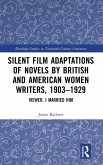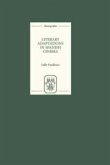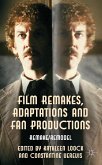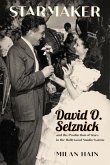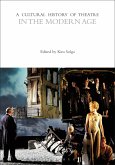Noted scholar Imelda Whelehan looks at key adaptations released during this period and considers the impact of social change, film consumption and film tastes, as well as noting the most popular genres at this time. The latter part of the 20th century saw cinema becoming increasingly significant as an art-form, even while its status as 'art' was still openly contested. This installment in the Bloomsbury Adaptation Histories series discusses a rich and exciting period of cinema history: Hollywood in the latter stages of its golden age, releasing masterpiece adaptations such as It's A Wonderful Life (1946), The Treasure of the Sierra Madre (1948), The Third Man (1949), All About Eve (1950), Rear Window (1954), The Night of the Hunter (1955) and Vertigo (1958).
Hinweis: Dieser Artikel kann nur an eine deutsche Lieferadresse ausgeliefert werden.
Hinweis: Dieser Artikel kann nur an eine deutsche Lieferadresse ausgeliefert werden.


